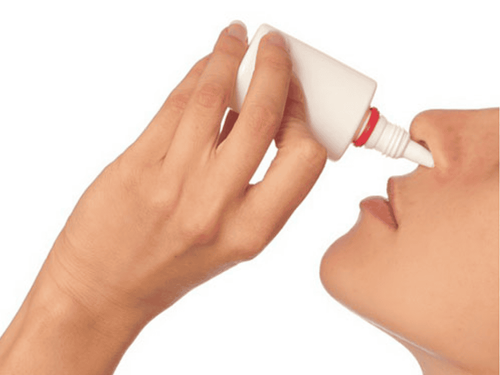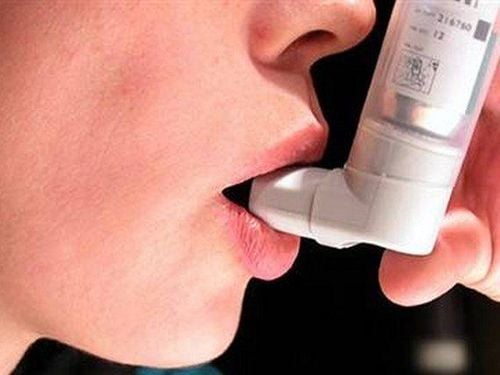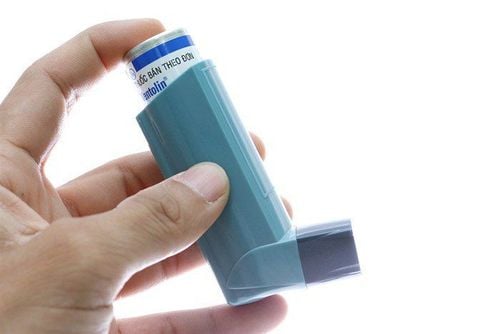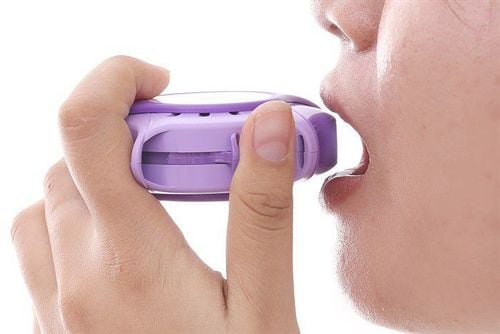This is an automatically translated article.
Tuberculosis is one of the extrapulmonary diseases with a high rate. The disease can occur at any age, but is more common in young people. Many people feel worried about the risk of infecting their family members when they have pleural tuberculosis. So let's find out information about pleural tuberculosis through the article below.
1. What is pleural tuberculosis?
In addition to the lungs, TB bacteria can cause disease in many different organs such as lymph nodes, pleura, digestive, genitals, bones and joints... this is called extrapulmonary tuberculosis. After the bacteria enter the body, it finds a place to live, multiply and grow, and then causes disease in the lungs or outside the lungs. Extrapulmonary TB is usually caused by TB bacteria that travel through the bloodstream or lymphatics and cause disease in different organs of the body.
Tuberculosis is one of the extrapulmonary TB, ranking 2nd among extrapulmonary tuberculosis after lymph node TB. The route of transmission of pleural TB can be caused by bacteria entering through the bloodstream or by pulmonary tuberculosis attacking the lung parenchyma, then spreading to the pleura.
Tuberculosis of the pleura often appears in younger people, it is the main cause of pleural effusion.
2. Causes of pleural tuberculosis
The disease is caused by microbial agents, the most common being human tuberculosis bacteria, in addition, bovine tuberculosis and atypical tuberculosis bacteria can cause the disease but are rare. It can be transmitted from person to person when healthy people come into direct contact with someone with tuberculosis.
Risk factors that make people sicker TB include:
People who have not been vaccinated against tuberculosis since childhood. People with pulmonary tuberculosis are detected late and treated improperly. People with chest trauma easily cause bacteria to spread to the pleura. People who catch cold suddenly, making the body more susceptible to illness. People with certain diseases that weaken the immune system such as HIV/AIDS or people with a weak immune system such as pregnant women, postpartum women, the elderly...
3. Symptoms of pleural tuberculosis
Tuberculosis of the pleura will usually develop through 2 stages: onset and full-blown:
3.1. Onset stage Usually more than half of people with the disease will have a high fever from 39 to 40 degrees Celsius, accompanied by symptoms of sudden chest pain, chest pain that gradually gets worse, or feeling short of breath, dry cough. .. A smaller part of patients will have symptoms such as mild fever in the afternoon, accompanied by chest pain and shortness of breath that increases over time Not only that, there are a few remaining patients who will not have obvious symptoms. and very difficult to detect. Feeling only mild chest pain, dry cough... 3.2. In this stage, the patient will have symptoms such as fatigue, pale body, lack of vitality, sudden unexplained weight loss, high fever from 39 to 40 degrees Celsius, low blood pressure, pulse rapid, nausea and vomiting. When changing positions, there is often a dry cough in episodes, chest pain but not as obvious as the onset stage.
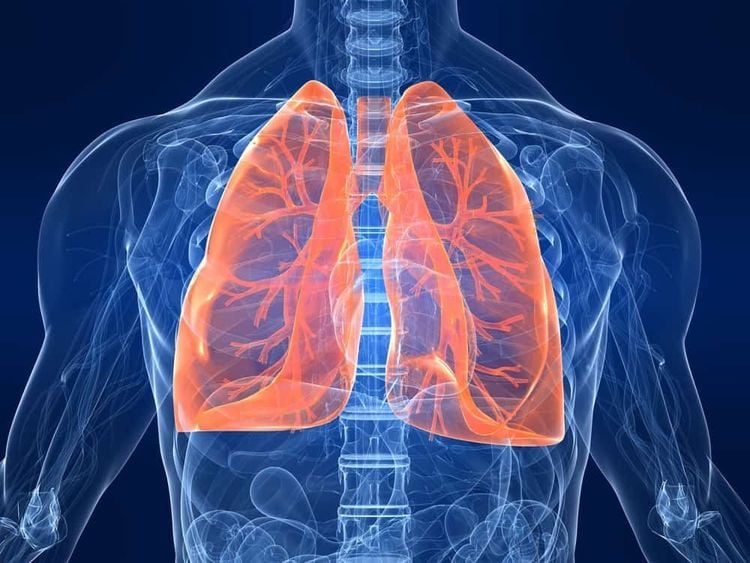
Lao màng phổi là một trong những bệnh lý lao ngoài phổi chiếm tỷ lệ cao
4. Is pleural TB contagious?
This is an issue that many people care about, because they fear the risk of infecting their family members. People with pleural tuberculosis, if not combined with pulmonary tuberculosis, can be assured because they cannot be contagious. According to the research results, pleural tuberculosis is a form of extrapulmonary tuberculosis and it is completely incapable of being transmitted through the respiratory tract like pulmonary tuberculosis. Therefore, if the patient is diagnosed with simple pleural TB, you do not need to worry about the risk of infecting people around.
However, it should be noted that cases of pleural tuberculosis combined with pulmonary tuberculosis are at risk of respiratory transmission. This risk is due to the fact that pulmonary tuberculosis can be transmitted. In addition, people with such combined diseases are at much higher risk of severe disease, so it is necessary to have good infection prevention and treatment measures, to reduce the risk of dangerous complications.
5. Is pleural tuberculosis dangerous?
Tuberculosis pleurisy, if detected early, can often be treated effectively with anti-TB regimens, the disease progresses well and resolves after a few weeks. However, the disease can also cause some complications such as pleurisy, pleural effusion, pneumothorax, pleural thickening, pleural effusion, polymembrane TB, and pleural deposits, especially with in cases of delayed treatment, combined with factors such as decreased resistance.
So, if there are symptoms such as cough, chest tightness, fever in the afternoon... you need to pay attention to be examined, detect the disease in time and have appropriate treatment measures as soon as possible.
6. How to treat pleural tuberculosis
Measures to treat pleural TB include:
Use of anti-TB drugs: This is the most important measure, it should be used early. When taking the drug, you must follow the doctor's instructions and take the drug until the end of the course. Pleural aspiration: The pleural fluid must be aspirated early and completely aspirated. In order to limit the complications when aspirating fluid such as shock, pneumothorax, superinfection, bleeding, etc., it is necessary to follow the principle of closed pleural drainage, aseptic and not too much, too fast. Anti-pleural thickening: Using systemic drugs, corticosteroids should be used from the beginning to fight inflammation and reduce the risk of pleural thickening. Surgery: When there are complications such as pleural deposits, thickening of the pleura, pleural fistula in the chest wall... it is necessary to combine treatment with surgical methods. Breathing exercises: This is a measure to help restore the lungs and help clear the fluid sooner.

Các biện pháp điều trị lao màng phổi bao gồm dùng thuốc theo phác đồ kháng lao
7. Does pleural TB recur?
Tuberculosis of the pleura may recur if you do not receive the correct treatment regimen, do not adhere to the treatment regimen, or stop treatment when the treatment regimen has not been completed. Besides, after treatment, patients can still be re-infected with TB bacteria and cause pulmonary or extrapulmonary tuberculosis such as pleural tuberculosis.
Therefore, to prevent recurrence, you need to adhere to the treatment and take proactive preventive measures.
8. How to prevent pleural tuberculosis
Prevention is a measure to help you limit the risk of disease and limit the recurrence of the disease. Some preventive measures include:
Limit contact or take measures to protect the body when in contact with patients with pulmonary tuberculosis. Especially those at risk of infection are health workers and family members when taking care of patients with severe pulmonary tuberculosis. Regularly wear a mask and wash your hands with sanitizer after coming into contact with the source of infection, before eating. Some normal habits of picking your nose with your hands sometimes indirectly bring bacteria into the body through the respiratory tract, so these bad habits should be avoided. Strengthening the body's resistance is important to support the immune system against bacterial invasion. Improving your health by building a suitable and nutritious diet, combined with a regular exercise regimen will help you have a strong and resilient body to fight pathogens. In addition, there should be a balance between rest and reasonable work to avoid stress. For infants: Children should be proactively vaccinated against TB early. Thus, pleural tuberculosis alone cannot infect people who come into contact with the patient. However, if combined with pulmonary tuberculosis, it should be noted that it can cause TB bacteria through the respiratory tract to healthy people. When you have pleural tuberculosis or have suspicious signs, you should have an early examination, for early treatment, to limit complications.
Follow Vinmec International General Hospital website to get more health, nutrition and beauty information to protect the health of yourself and your loved ones in your family.
Please dial HOTLINE for more information or register for an appointment HERE. Download MyVinmec app to make appointments faster and to manage your bookings easily.




